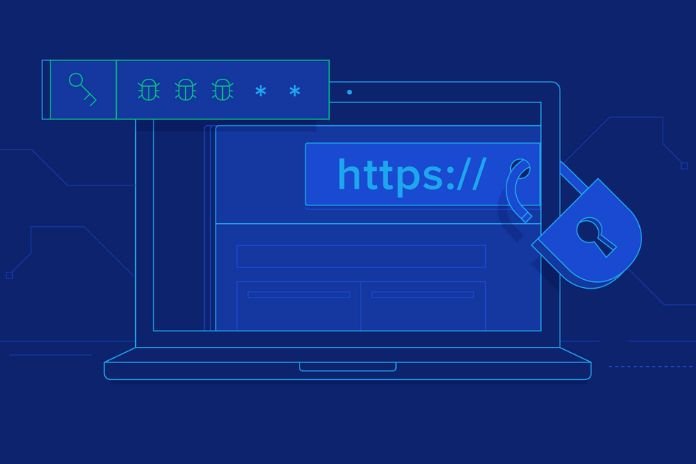Web Security: The Latest Threats And Vulnerabilities
The Internet is a network that the whole world can no longer do without. The proliferation of websites and applications proves that the web is a privileged space for the development of several businesses. At the same time, computer threats are gaining ground. Many websites are vulnerable despite the security measures taken by developers to protect them against cyberattacks. Web security, therefore, is an essential element. But to secure a web platform, you must first know the latest threats and vulnerabilities in web security.
Injection Vulnerabilities
Web security vulnerabilities are of various types. Injection vulnerabilities are particularly favored by a gross failure to verify user input before it is processed. This can be of particular concern in some programming languages. For example, with SQL, data and commands are intertwined. This causes malicious user-provided data to be interpreted as part of a command.
For example, in SQL, developers often use single quotes (‘) or double quotes (“) to delimit user data in a query. This means that when the user enters data containing these characters, the command being processed could potentially be corrupted.
Password Cracking Or Hacking: A Web Security Problem Not Yet Resolved
Password cracking involves using specialized software and particularly advanced computer technologies to recover passwords. Using these technologies and software, hackers can test multiple password combinations over some time. This type of threat has been recurring on the Internet for many years. In 2024, many websites and applications will still be vulnerable because developers have not secured them sufficiently.
It is, therefore, necessary to strengthen their security against hacking. One of the most effective strategies to do this is to adopt two-step verification for users and administrators in your domain. Preferably opt for two-step validation with Google Authenticator. Google tends to block accounts that look suspicious automatically.
Phishing: A Recurring Subject In Web Security
Phishing is the deceitful act of sending messages claiming to be from confided-in organizations. The phishing attack aims to trick targeted Internet users into disclosing personal information such as passwords and account numbers. Sometimes, it also seeks to usurp control of a user account. This form of piracy also comes in three variants:
- The simple phishing attack;
- The harpooning attack;
- Whaling attack.
- Simple phishing attack
The most common attack is simple phishing. It consists of randomly sending a certain number of emails to many users. These emails usually contain links to sites that encourage people to provide their login information for rewards.
Harpoon Attack
The harpooning attack is rarely used, probably because of its mode of operation. This type of phishing does not target many users at once. It targets a particular individual. In practice, the hacker can send a persuasive email to an accountant and trick them into opening an attachment. An accountant with little training in web security may open the attachment and unwittingly install malware on their computer or server. The hacker can then access the company’s various financial and banking information. Harphishing, therefore, is a threat that companies should not take lightly.
Attack By Whaling
The final variation of phishing in web security is the whaling attack. It consists of encouraging certain Internet users to act. The particularity of this fraudulent technique is that the hackers use a fairly original deception strategy. They pose as legitimate authorities and send users emails that look professional and important. The user who needs to pay more attention to detail can easily fall into the trap of the Whaling attack.
Illicit Deletion Of Data: Web Security Put To The Test
Illicit data deletion is a real threat in many companies. This is a malicious deletion of data of different natures. After deleting this data, it becomes impossible or difficult to recover it. An ordinary hacker or someone from the company can, for example, install “ransomware” on the company’s website server or the company’s local server. This software’s role is to delete or encrypt data if it is of high value. To restore this data or decrypt it, the hacker requires payment of a relatively large sum of money.
Illegal deletion of data can have severe consequences for companies of all sizes. Hackers often exploit minor security vulnerabilities to gain access to and delete your data. So, do everything you can to strengthen your web security. Other threats and vulnerabilities can also be cited. In recent months, web security specialists have noticed an increase in cryptographic failures and server-side request falsification. And you, what are the latest threats and vulnerabilities you have faced?
Read Also: Managing Your Sales Team Well In 7 Key Steps
Share this content:











Post Comment